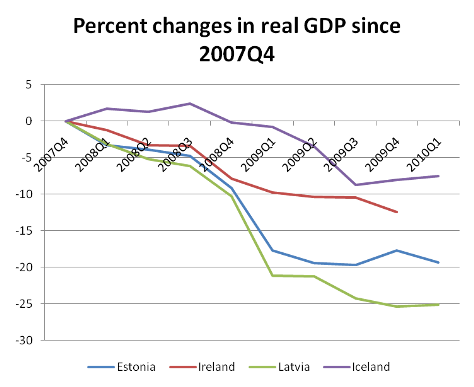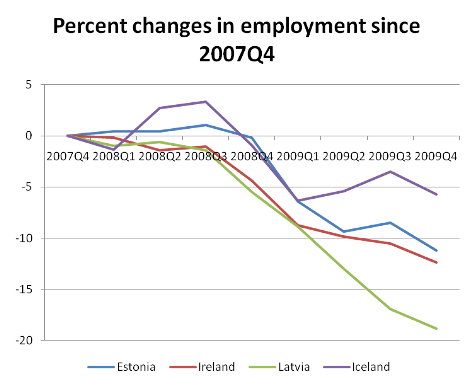June 29th, 2010
The Prisoner of Gen. Petraeus
By Patrick J. Buchanan

President Obama is being hailed for toughness in his firing of Gen. McChrystal and brilliance in his replacing him as Afghan field commander with Gen. David Petraeus, who managed the George W. Bush “surge” in Iraq that saved this nation from an ignominious defeat.
Herewith, a dissent.
By firing a fighting general, beloved of his troops, Obama just took upon himself full responsibility for the McChrystal Plan. The general is off the hook.
As of now, the plan is not succeeding. And given the inability of Kabul to deliver the “government in a box” to Marja, after Marines supposedly de-Talibanized the town, the McChrystal Plan is failing. The Battle of Kandahar has not yet begun, though the June D-Day has come and gone.
Should we be in this same bloody stalemate in December, Obama will be blamed for having fired his field commander who devised his battle plan, and was carrying it out, over some stupid insults from staff officers to some counterculture magazine.
More critically, Obama just made himself hostage to a savvy general who is said to dream of one day holding Obama’s office.
Consider the box Obama just put himself in.
In 2009, he sacked Gen. David McKiernan and replaced him with his own man, Gen. McChrystal. Now, he has sacked McChrystal and replaced him with Petraeus.
The former community organizer and acolyte of Saul Alinsky cannot now possibly fire the most popular and successful general in the U.S. Army, who accepted a demotion to take command of U.S. and NATO forces in Afghanistan, without a firestorm that would consume his presidency.
If Obama has not noticed, the neocons, who want a “long war” in the Islamic world and a new war with Iran, are celebrating the Petraeus appointment with far greater unanimity than Obama’s own staff.
Why is the War Party celebrating? Petraeus is one of them.
And the untouchable general’s demands have begun to come in.
Clearly, Obama has been told he must back away from his declared deadline of July 31, 2011, for beginning withdrawals of U.S. troops from Afghanistan. And Obama is already moving to do so.
Vice President Joe Biden’s statement in Jonathan Alter’s “The Promise” that, “in July of 2011, you’re going to see a whole lot of people moving out, bet on it,” has already been challenged by Defense’s Robert Gates.
No such decision has yet been made, said Gates.
Look to Obama, soon, to walk back that July 2011 date and declare that any withdrawal of U.S. troops will be “conditions-based” — another way of saying that if we are not winning the war in July 2011, we are not coming home.
Here is the likely scenario.
At the December review of the Afghan war, Petraeus will argue that, while progress is being made, we cannot meet our goals by July 2011. Years more of combat will be required to win the war.
Petraeus will ask the president for more time, perhaps years more, and perhaps ask for more troops, 20,000 or 30,000, to complete the mission and ensure Afghanistan is not again a sanctuary for al-Qaida.
Thus, in December 2010, Obama becomes LBJ in December 1967, when Gen. William Westmoreland, with 500,000 troops in Vietnam, came to the White House to ask for 200,000 more. LBJ said no.
And as the Republican right hammered him for not bombing Hanoi and blockading Haiphong, Sens. Eugene McCarthy and Robert Kennedy entered the primaries against him from the left.
Richard Nixon, saying five years of unsuccessful prosecution of a war called out for new leadership, was marching to the nomination of a party he had helped reunite after the Barry Goldwater disaster.
The outlook bleak, his party splintering, LBJ declared on March 31, 1968, that he would not run again.
If Obama repudiates his July 2011 date for first withdrawals of U.S. troops, if he agrees to any new Petraeus troop request, his party will split and he will face a primary challenge from the antiwar left.
But if he stands with Biden and says the July 2011 date holds, and the troops start home in July, Petraeus would likely put out word that his hands are being tied and he will not fight a no-win war.
Should Petraeus resign his command under such circumstances, he would become a Douglas MacArthur-like hero to the GOP, and could wind up as No. 2 on the ticket. And that could send Barack Obama home to Chicago.
Obama should have left McChrystal to succeed or fail with the McChrystal Plan. Had he succeeded, Obama also would have succeeded. Had he failed, Obama would have been free to relieve him and tell the nation: “We gave it our best shot, with our best general, with all the resources he requested. Regrettably, we did not succeed. Now we are coming home.”
That option was closed when he fired McChrystal and made himself the political prisoner of Gen. David Petraeus.
Brilliant.






 President Obama is being hailed for toughness in his firing of Gen. McChrystal and brilliance in his replacing him as Afghan field commander with Gen. David Petraeus, who managed the George W. Bush “surge” in Iraq that saved this nation from an ignominious defeat.
President Obama is being hailed for toughness in his firing of Gen. McChrystal and brilliance in his replacing him as Afghan field commander with Gen. David Petraeus, who managed the George W. Bush “surge” in Iraq that saved this nation from an ignominious defeat.





